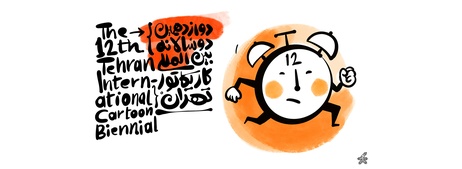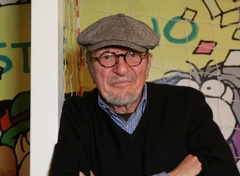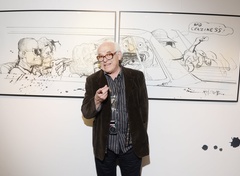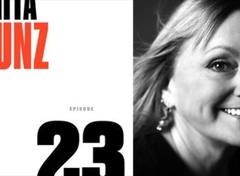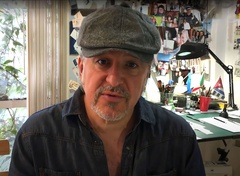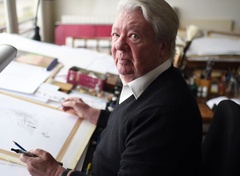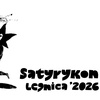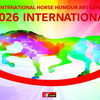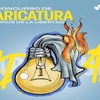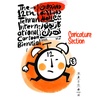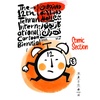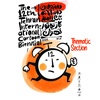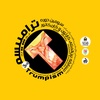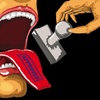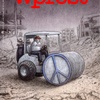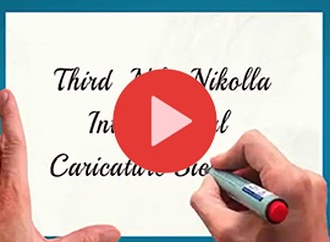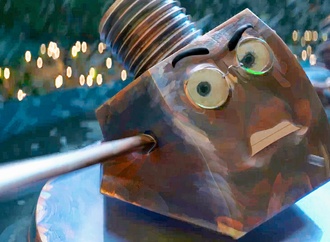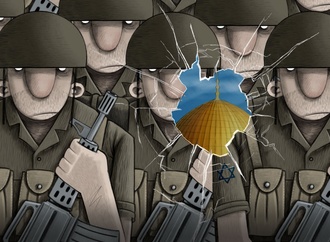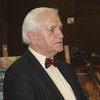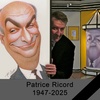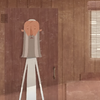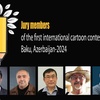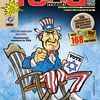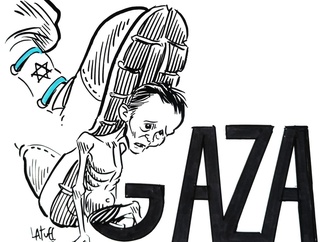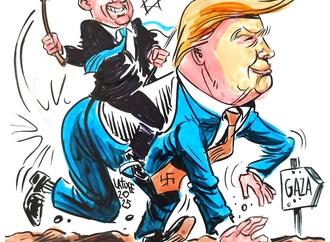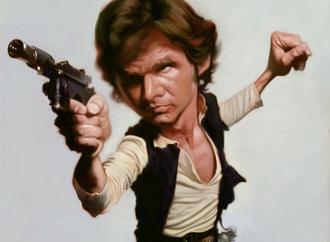Paulo José de Hespanha Caruso (Sao Paulo SP 1949)
“My name is Paulo, but you can call me Chico.”
Jose Paulo of Spain Caruso (São Paulo SP 1949). Cartoonist, illustrator, editor and musician Paulo Caruso, twin brother of the also cartoonist Chico Caruso (1949), graduated in 1976, in architecture by the Faculty of Architecture and Urbanism at the University of São Paulo – FAU / USP, however, did not pursue the career. In the late 1960s, he started as chargers at the Popular Daily. In the 1970s, collaborated with O Pasquim, alongside Millôr Fernandes (1923), Jaguar (1932) and Ziraldo (1932). In 1981, with Alex Solnik, inaugurated the Bar Brasil humor page, in Careta magazine, and which has been continued, in the following years, in the magazine Lord. From 1988, published in the magazine Isto É, the mood column Avenida Brasil. In both columns, Caruso circulates caricatures of Brazilian personalities from the 1980s and 1990s, synthesizing with satire and humor several moments of the country’s political history. In addition to drawing, he is dedicated to music composition and the production of music and theater shows. In 1985, on the occasion of the International Salão de Humor de Piracicaba, the band Muda Brasil Tancredo Jazz Band was formed, with the participation of his brother, of Claudio Paiva, of Aroeira, of Luis Fernando Veríssimo (1936), among others. In the shows, the band plays humorous songs and with political satire. In 1998, he released the CD Pra seo Govero, which brings his own songs and features the partnership of his brother, on vocals, and Luis Fernando Veríssimo, on sax. Among the books he publishes, stand out: The Origins of Captain Bandeira, 1983; Echoes of Ipiranga, 1984; Bar Brasil, 1985 and São Paulo by Paulo Caruso – A Humorous Look at this City, 2004. New Year’s
Cartoonist Paulo Caruso died this Saturday morning in a hospital in São Paulo, where he was hospitalized. The artist was 73 years old. The cause of death has not yet been announced.
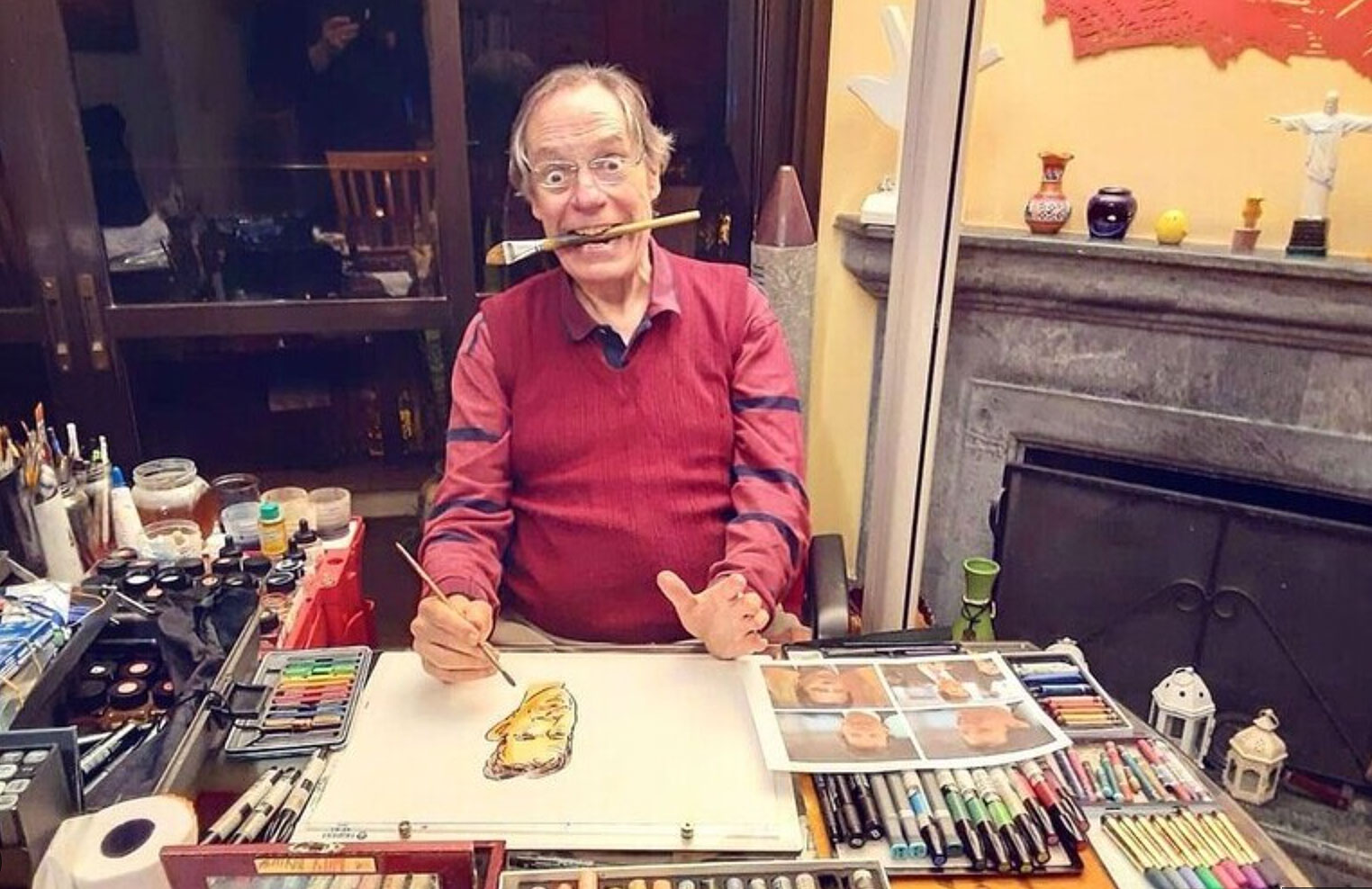
Cartoonist, illustrator, chargist and musician, Paulo José Hespanha Caruso, Paulo Caruso, was born in the Paulista capital on December 6, 1949. Chico Caruso’s twin brother, also a cartoonist.
Caruso studied architecture at the University of São Paulo (USP) in the early 1970s, but did not pursue the profession. In 1985, at the Salão de Humor de Piracicaba, in the interior of São Paulo, he united the passion for music to the love of cartoons and put together a band only with cartoonists.
The cartoonist drove through several vehicles where he left his mark and consolidated his career. He began his profession working for the People’s Daily in the 1960s, passing through the S Leaf. Paulo and through O Pasquim, where he worked with Ziraldo and Millôr Fernandes, and for the magazine IstoÉ.
Caricaturist, illustrator, cartoonist and musician.
Paulo Caruso, twin brother of fellow caricaturist Chico Caruso (1949), graduated in 1976 in architecture from the Faculty of Architecture and Urbanism of the University of São Paulo – FAU/USP, however, he did not pursue this career. At the end of the 1960s, he started working as a cartoonist for Diário Popular. In the 1970s, he collaborated with O Pasquim, alongside Millôr Fernandes(1923), Jaguar (1932) and Ziraldo (1932). In 1981, with Alex Solnik, he inaugurated the humor page Bar Brasil, in Careta magazine, which continued in the following years in Senhor magazine. From 1988, he published the humor column Avenida Brasil in Isto É magazine. In both columns, Caruso circulates caricatures of Brazilian personalities from the 1980s and 1990s, synthesizing with satire and humor various moments in the country’s political history. Parallel to drawing, he dedicates himself to musical composition and the production of music and theater shows. In 1985, on the occasion of the Piracicaba International Humor Exhibition, he formed the band Muda Brasil Tancredo Jazz Band, with the participation of his brother, Cláudio Paiva, Aroeira, Luis Fernando Veríssimo (1936), among others. At the shows, the band plays humorous songs with political satire. In 1998, he released the CD Pra Seu Governo, with his own songs and partnerships with his brother, on vocals, and Luis Fernando Veríssimo, on sax. Among the books he publishes, the following stand out: As Origens do Capitão Bandeira, 1983; Echoes of Ipiranga, 1984; Bar Brasil, 1985 and São Paulo by Paulo Caruso – A Good-Humoured Look at This City, 2004.
Critical Commentary
Paulo Caruso graduated in architecture from the Faculty of Architecture and Urbanism of the University of São Paulo – FAU/USP, in 1976. Like his twin brother, Chico Caruso (1949), he began to dedicate himself to caricature and illustration. Throughout his career he has worked for the main magazines in São Paulo, including Veja, IstoÉ and Senhor and for the newspapers Diário Popular and Folha de S.Paulo. At the end of the 1970s, he collaborated in O Pasquim alongside renowned names, such as the cartoonists Jaguar (1932), Millôr Fernandes (1923), Ziraldo (1932) and Henfil (1944 – 1988). Paulo Caruso works in several publications specializing in humor and comics, such as Chiclete com Banana, Geraldão and Pasquim 21, a recent reissue of the newspaper, closed in the early 1990s. He is also dedicated to the production of musical and theatrical shows.
Despite the formal affinities between Paulo and Chico Caruso’s work, such as their agile style and expressive features, the brothers do not work together. Chico Caruso is mainly dedicated to cartoons, using color in a very accurate way. In the work of Paulo Caruso, in addition to his talent for caricature, a taste for concise narration is revealed, developing compositions generally structured in sequences of images, elaborated in contrasting colors, which are collected in several albums published in the 1980s.
Paulo Caruso became known for the ironic scenes that accompanied Brazilian political history. He publishes, among others, the books Ecos do Ipiranga (1984) and Bar Brasil na Nova República (1986). In A Transição pela Via das Dúvidas (1989), for example, Caruso uses the language of comics, ironically commenting on the history of Brazil and also on contemporary events. He reveals concern with the setting of the characters, inserting them in large open shots to then bring them closer to the viewer. In caricature, he does not use deformation in an exaggerated way, he only accentuates the most characteristic facial features, creating characters easily identifiable by readers, due to the great similarity with those portrayed. The humor arises not only from the representation of the characters,
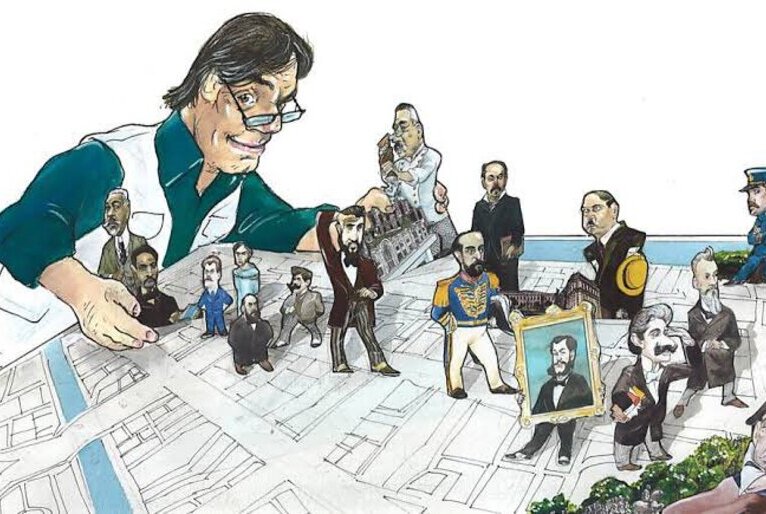
In 2004, he launches the book São Paulo by Paulo Caruso – A Good-Humored Look on This City, in honor of the 450 years of the metropolis, in which he deals with daily life in São Paulo, caricaturing human types and representing buildings and panoramic views of the city.
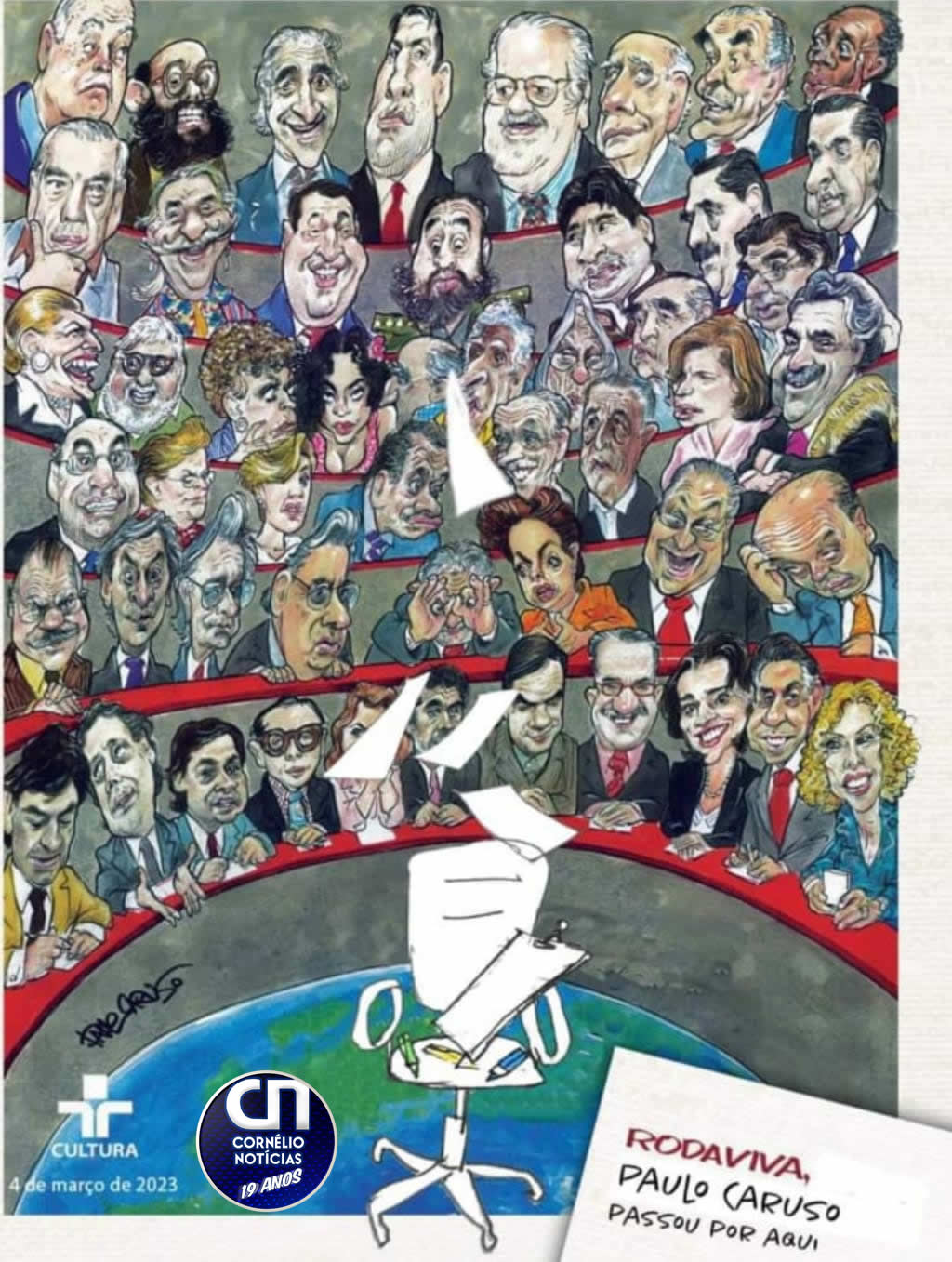
Paulo Caruso receives several awards, such as the best designer, by the São Paulo Association of Art Critics – APCA, in 1994. Due to his ability for satire and caricature, combined with his numerous production, his work is one of the best known in the country.
Iran Cartoon expresses its condolences and Iranian cartoonists are saddened by Paulo's death.


